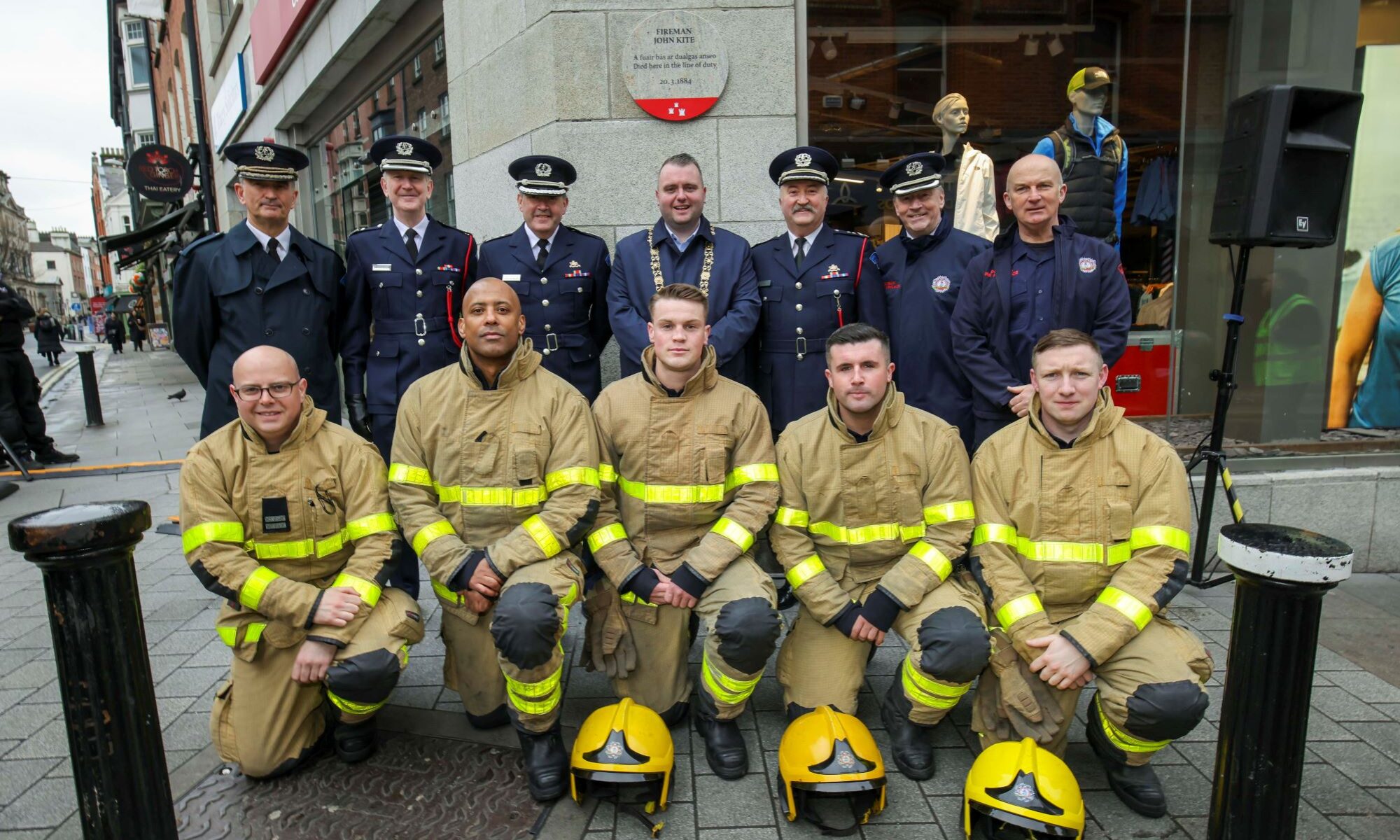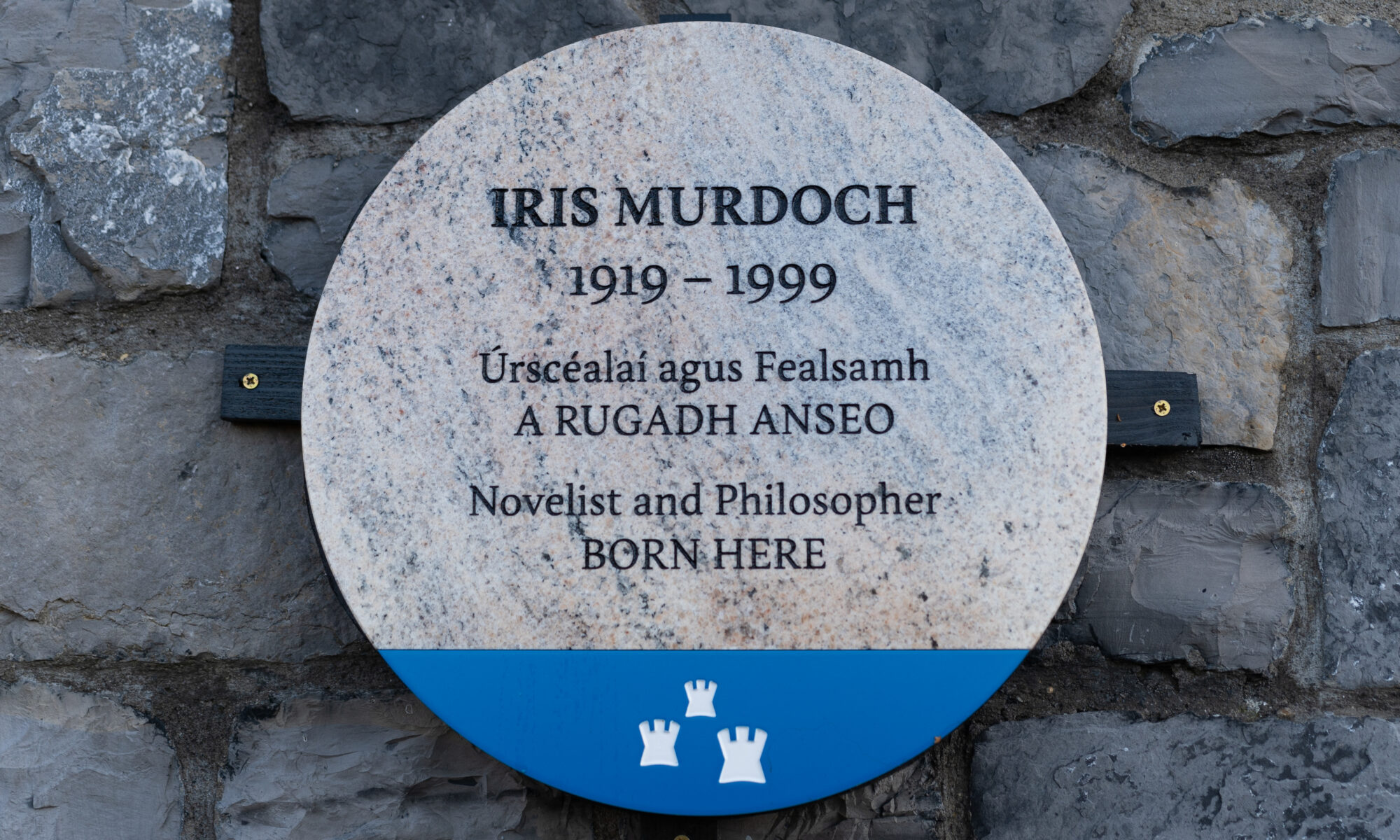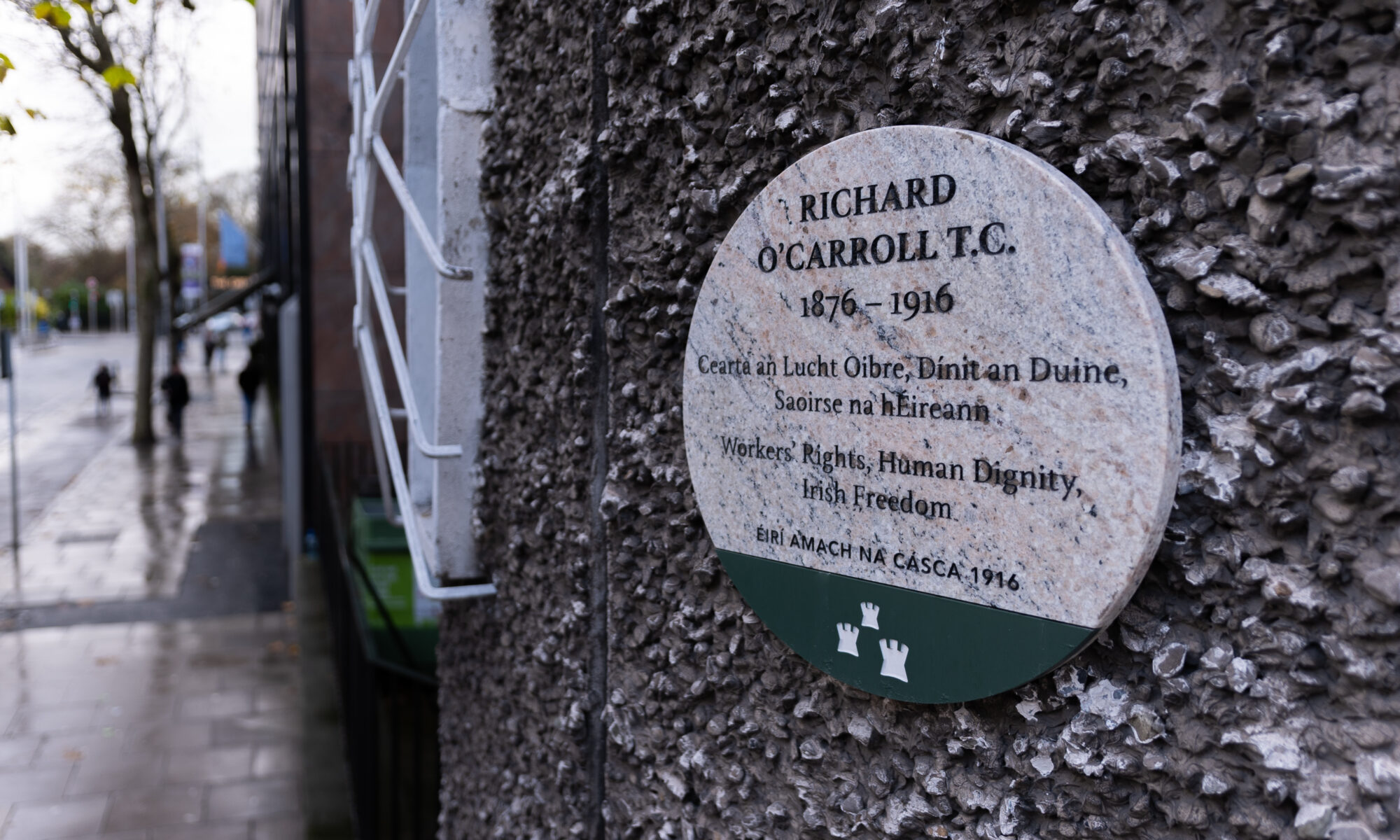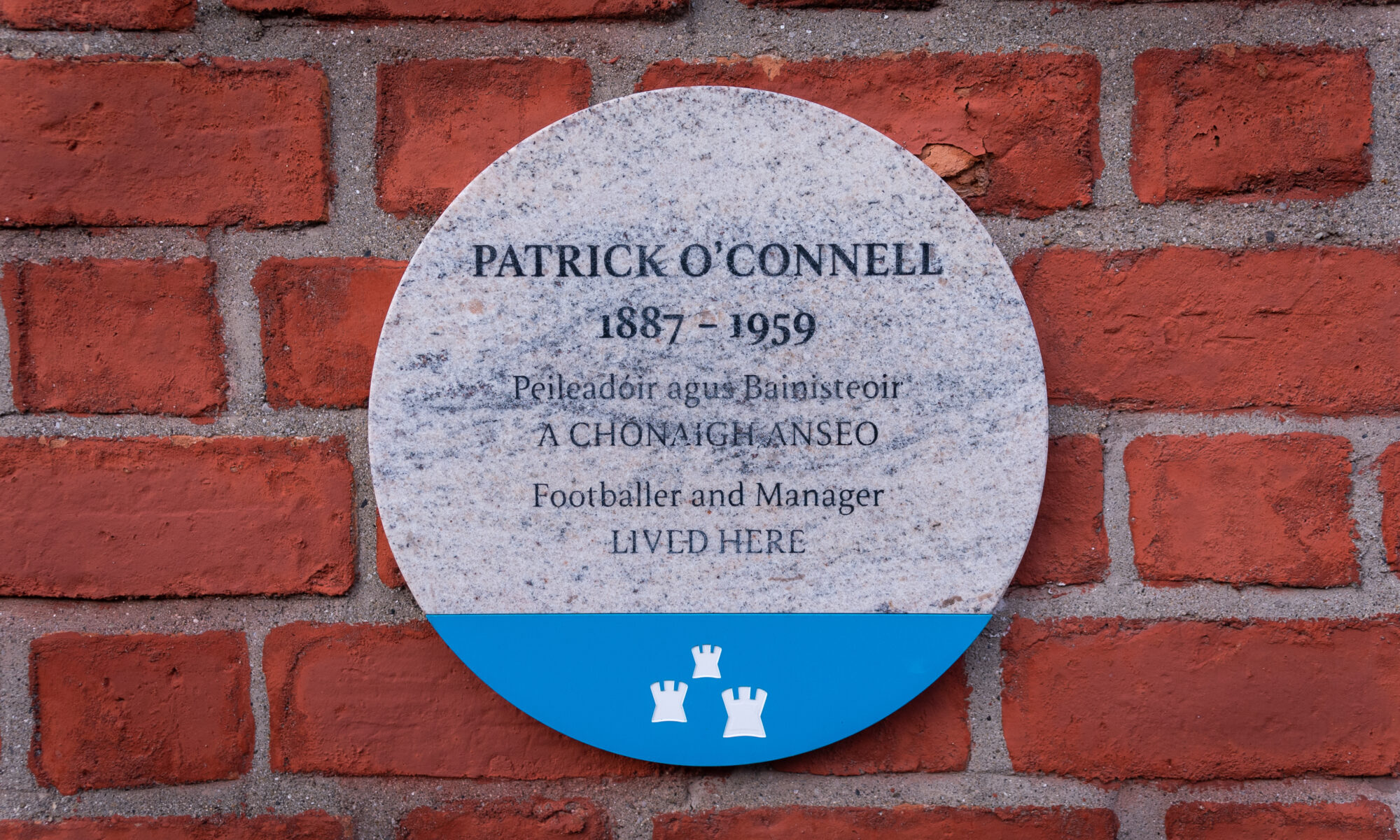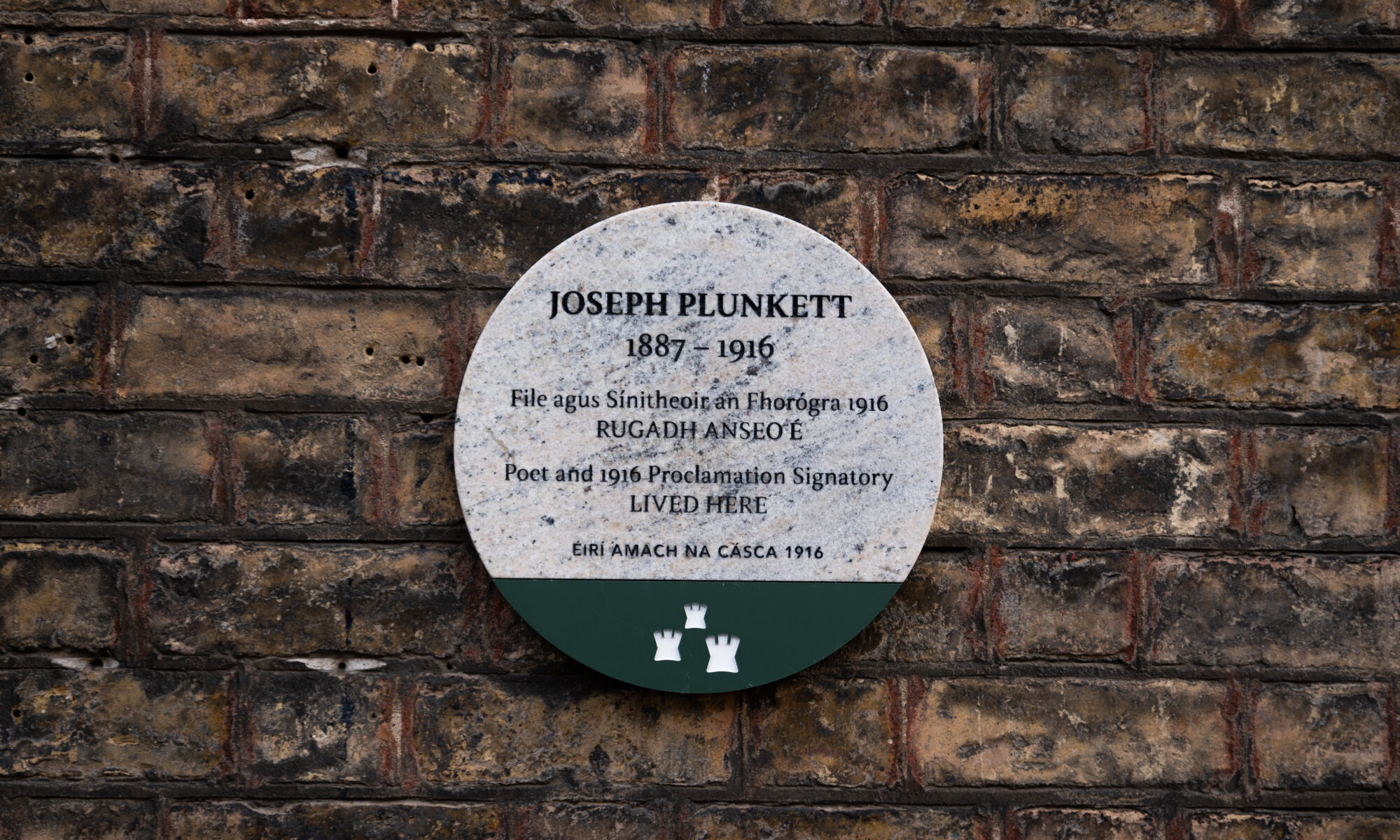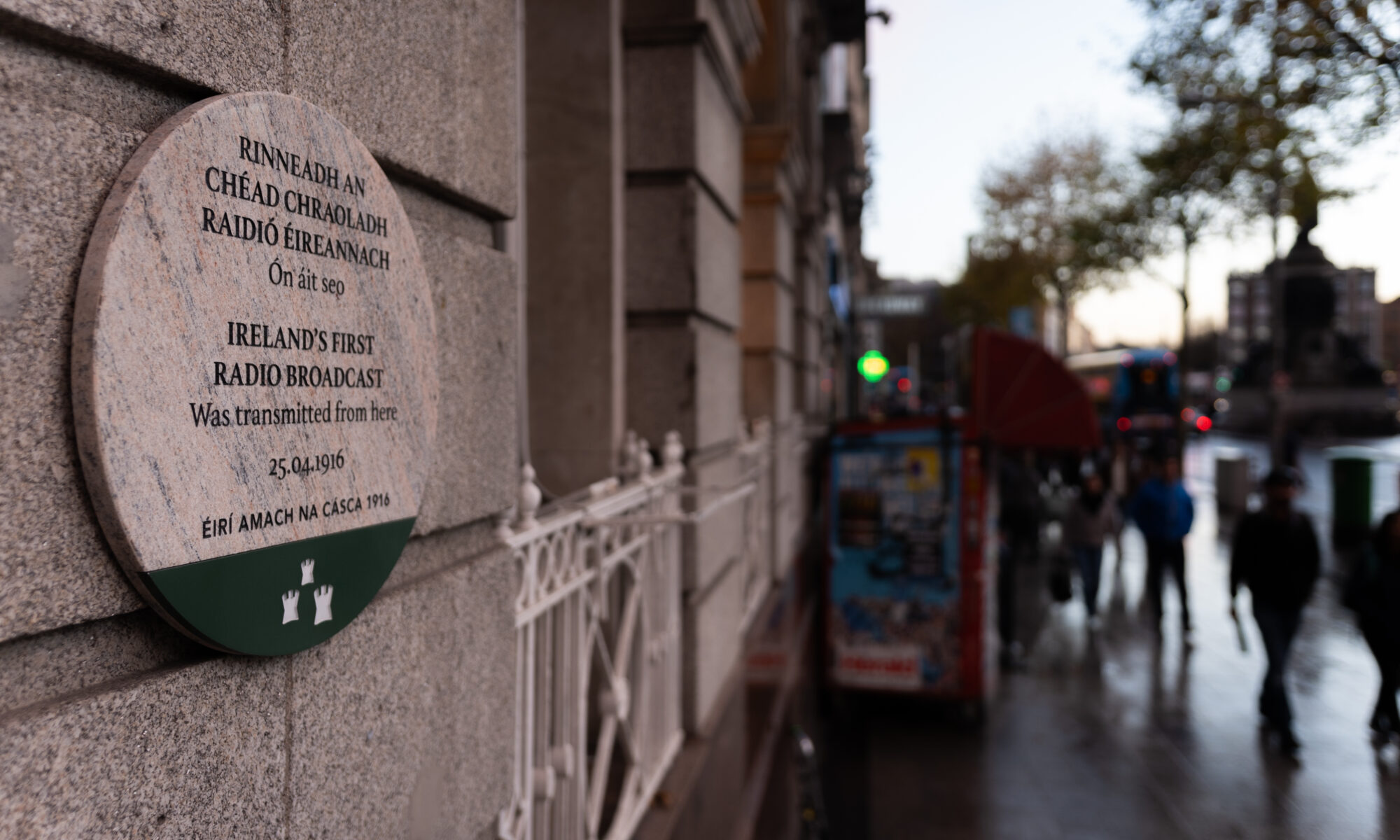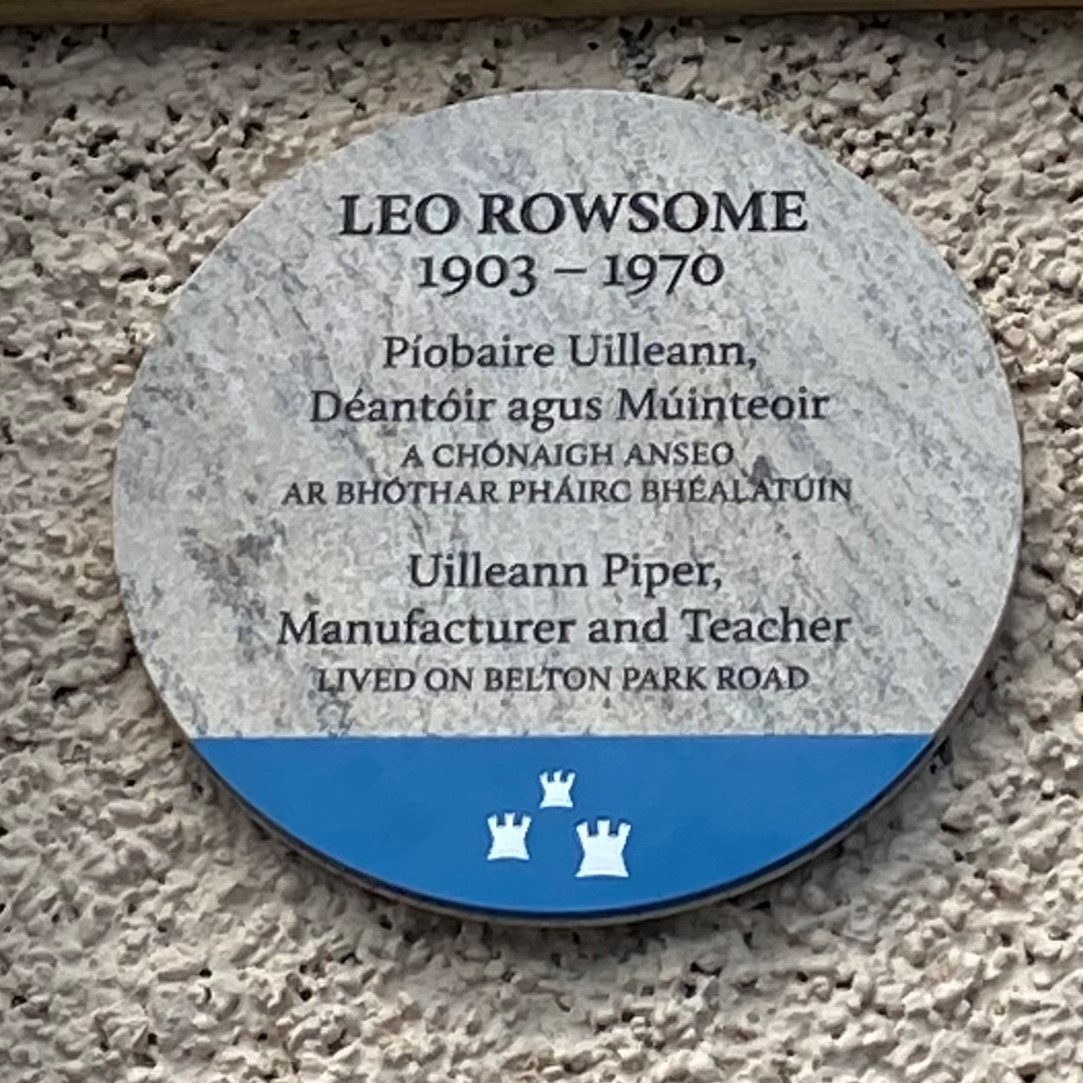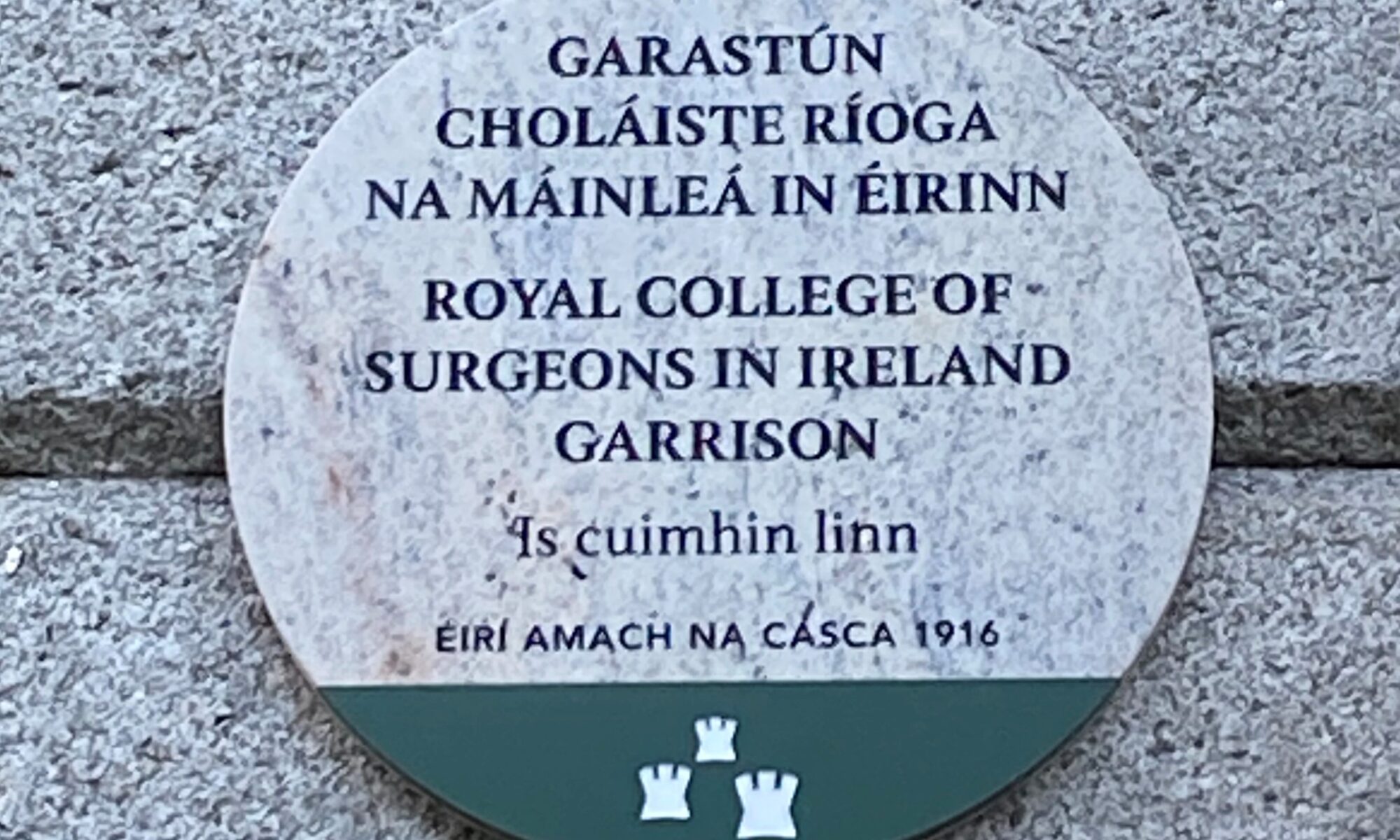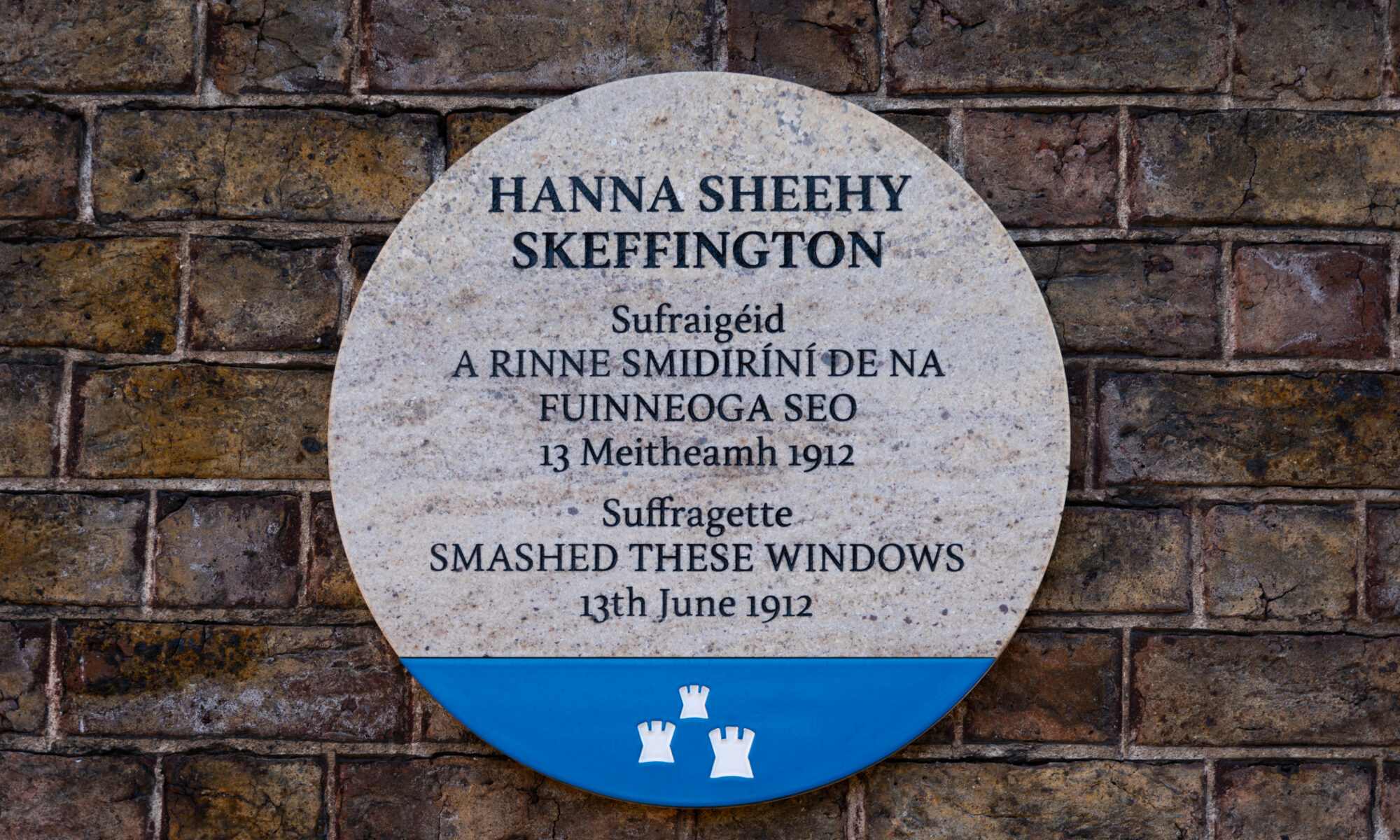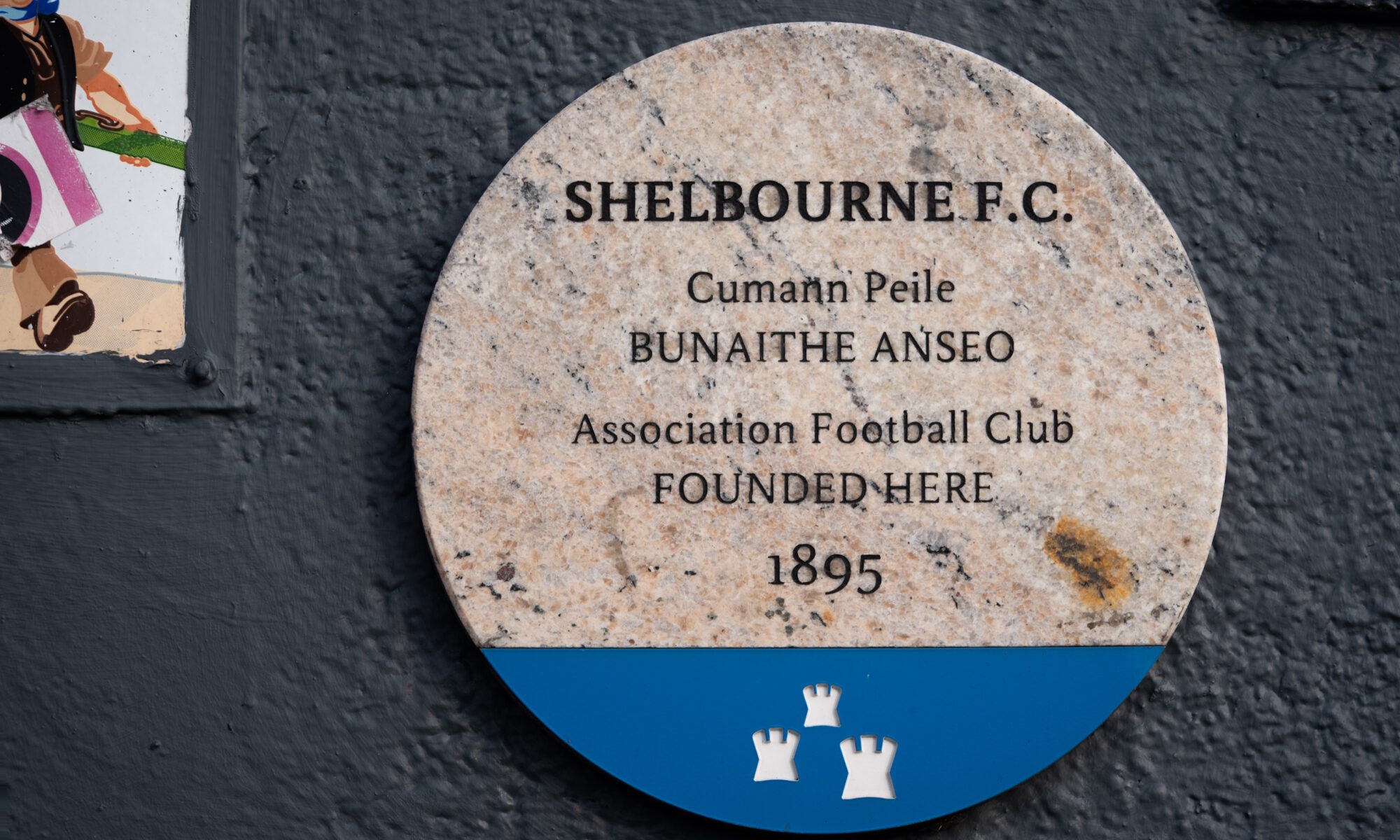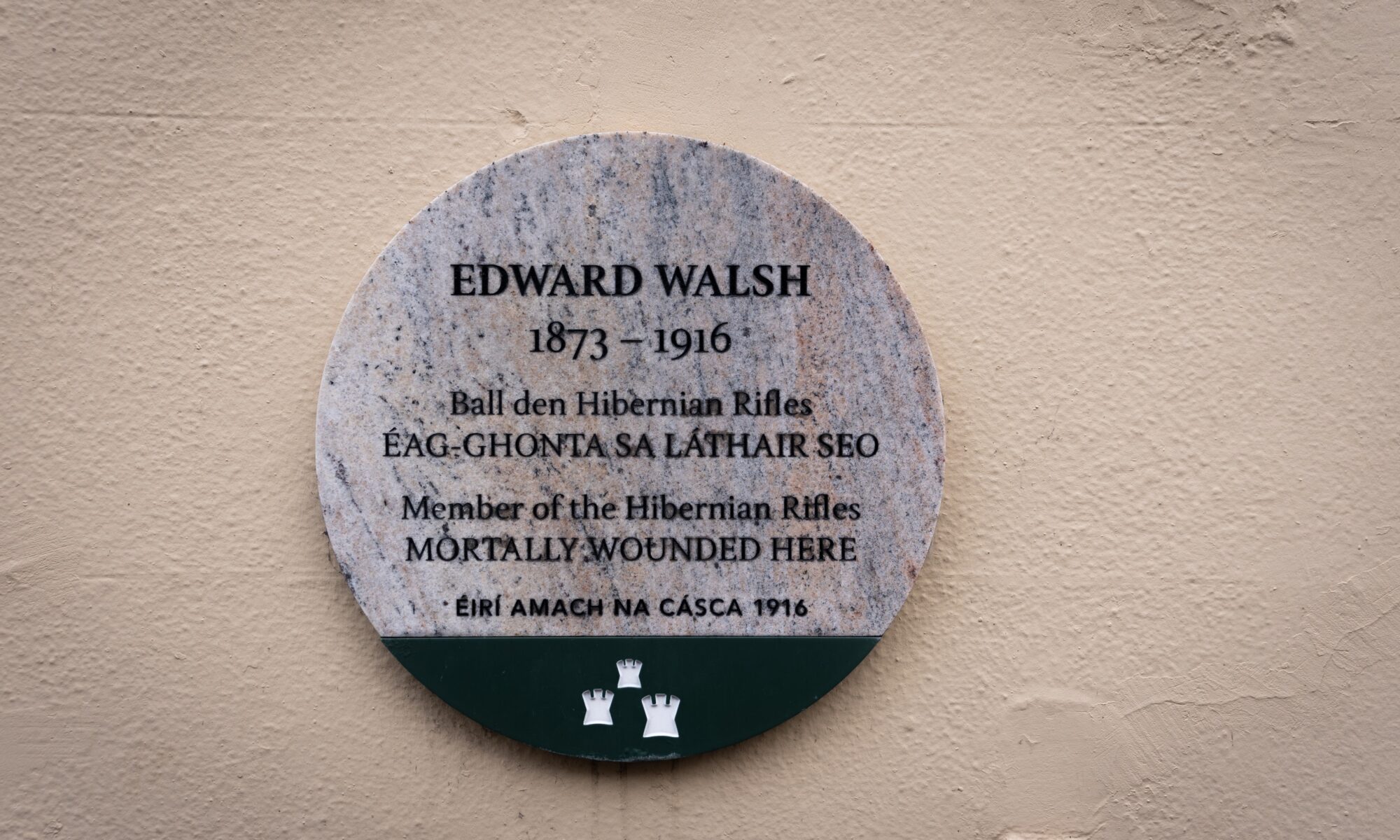On the morning of Friday, 5th June 2015, a Dublin City Council commemorative plaque honouring footballer and football manager Patrick O’Connell was unveiled in Drumcondra. The plaque is located at 87 Fitzroy Avenue, where O’Connell lived during his youth, and was unveiled by his grandson Mike O’Connell and Dublin Central T.D. Maureen O’Sullivan.
Patrick O’Connell led a remarkable footballing life. Beginning his professional career with Belfast Celtic, he moved to England in 1909 and played for Sheffield Wednesday, Hull City and Manchester United over the next decade. O’Connell emigrated to Spain in 1922 and coached Racing Santander for seven years, before leading Real Betis to their sole La Liga championship in 1935 and helping to save FC Barcelona from bankruptcy during the Spanish Civil War by bringing them on a tour of Mexico and New York.
Thereafter, O’Connell returned to England and spent his final years living destitute in London, where he passed away in February 1959.
In attendance at the Drumcondra plaque unveiling were former players of Manchester United (Jimmy Nicholl), Glasgow Celtic (Bertie Auld and John Clark) and FC Barcelona (Steve Archibald), as well as Martin Buchan of the Professional Footballer’s Association.
Those wishing to learn more about “Don Patricio O’Connell” can consult the 2016 book The Man Who Saved FC Barcelona: The Remarkable Life of Patrick O’Connell, written by Sue O’Connell (wife of Patrick’s grandson Mike) and issued by Amberley Publishing.
You can also watch the presentation below by Dr James Curry, Dublin City Council historian in residence, which is part of a Plaques of Dublin online lecture series.
Submitted by Historian in Residence, James Curry.
